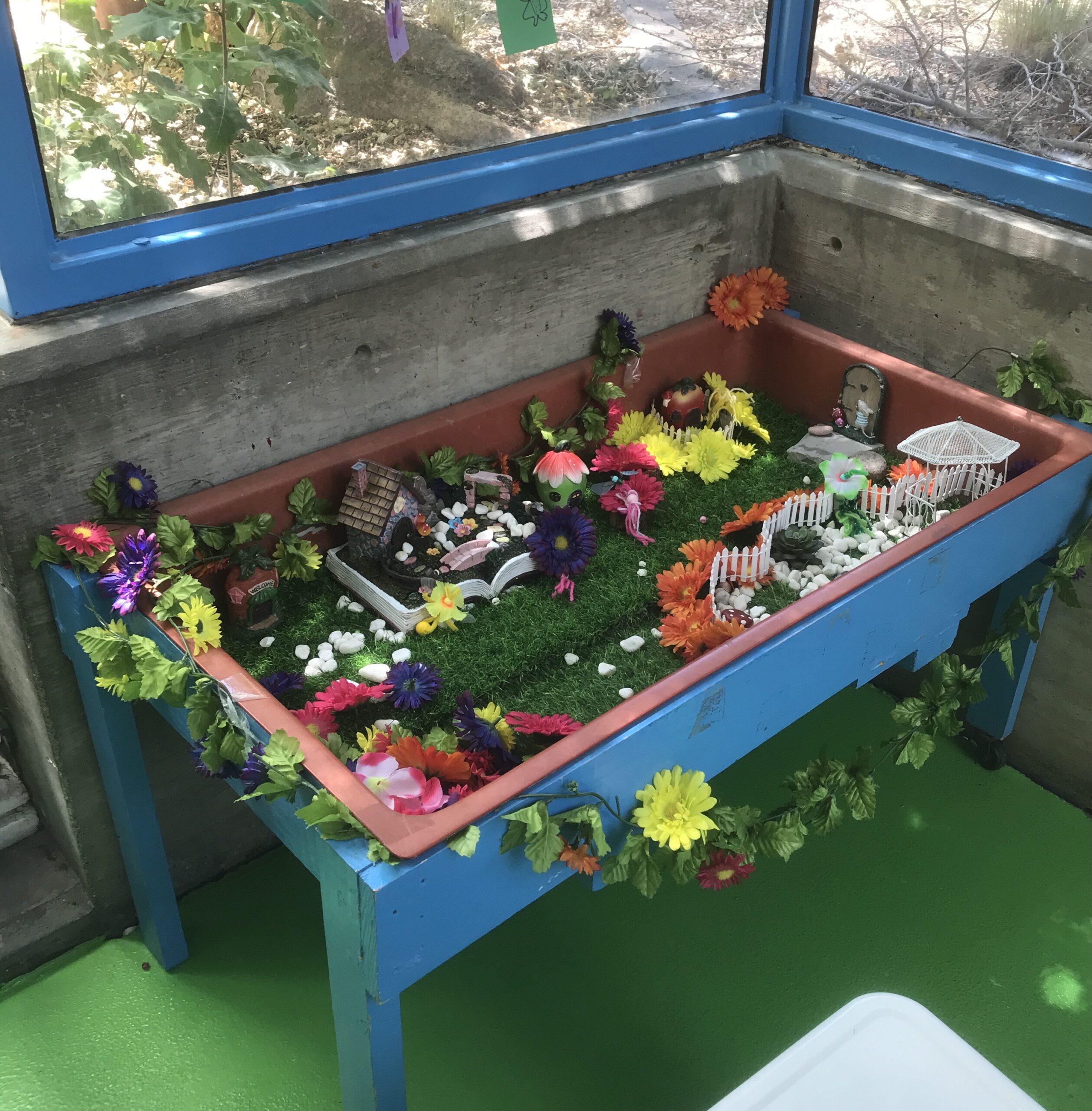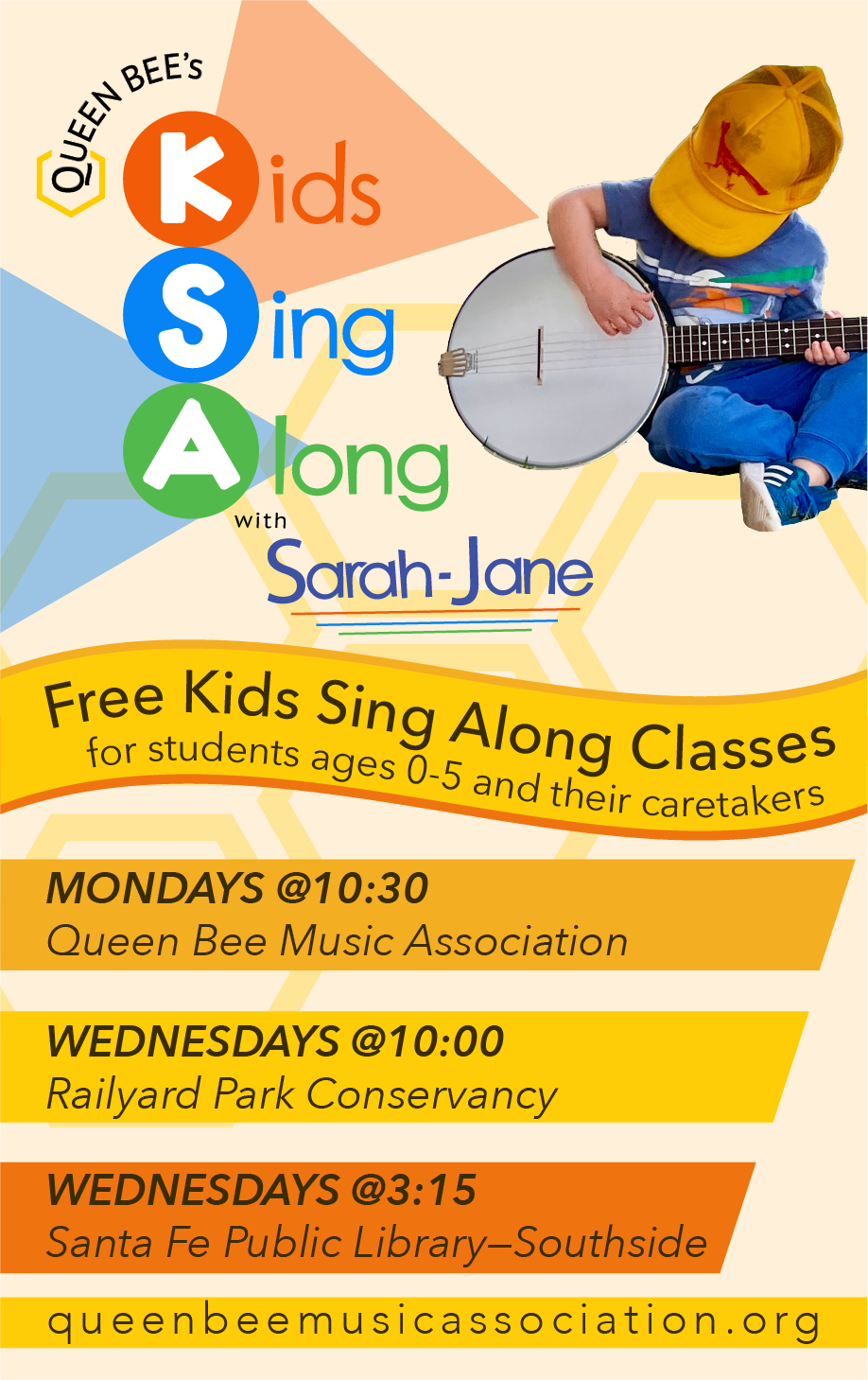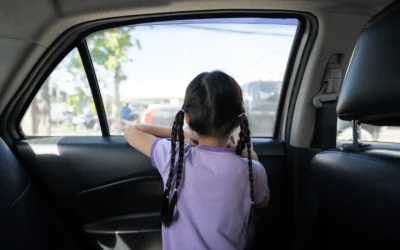Conversations in Castle Park
Spaces for Small People
By Annabelle Black Delfin
I was walking with my neighbor through Castle Park recently. She and I were discussing the changes that were occurring with the play spaces in the park, our grandchildren, and other happenings. She told me that she wanted to support her grandson, who is four, in writing and drawing. She said he is just not that interested. I suggested that she set up a learning center for him in her home. This concept is considered an early childhood educational best practice for toddlers and small children, i.e., young children need defined spaces that are in proportion to their body size. Young children are drawn to small spaces and miniature things that are arranged to be accessible. A young child is very unlikely to play house in a large space like a warehouse, but provide a child-size house structure and the play will begin spontaneously.
There is a great deal of research that supports this notion. In more structured educational and care settings, these small, child-size spaces are often called learning centers. The idea behind learning centers is that a small, child-size space is defined spatially and thematically, or by what early childhood education calls learning domains. The space is filled with intentional items, such as art supplies for an art center, legos and magnatiles in a fine motor manipulatives center, or costumes in a dramatic play center.
|
Early Childhood Learning Domains: Large areas of growth and development that are foundational for later academic subject areas of learning. |
|
Cognitive/ reasoning/ logic/ problem-solving/ creativity |
|
Language/speech/communication/reception and expression |
|
Social and emotional skills, self-regulation, empathy |
|
Physical: fine motor and gross motor |
|
Disposition/temperament/approach to learning |
|
Sometimes, especially in the recent decade, early literacy will be listed as a domain. Often early literacy is included under cognitive domain and sometimes it is under communication. |
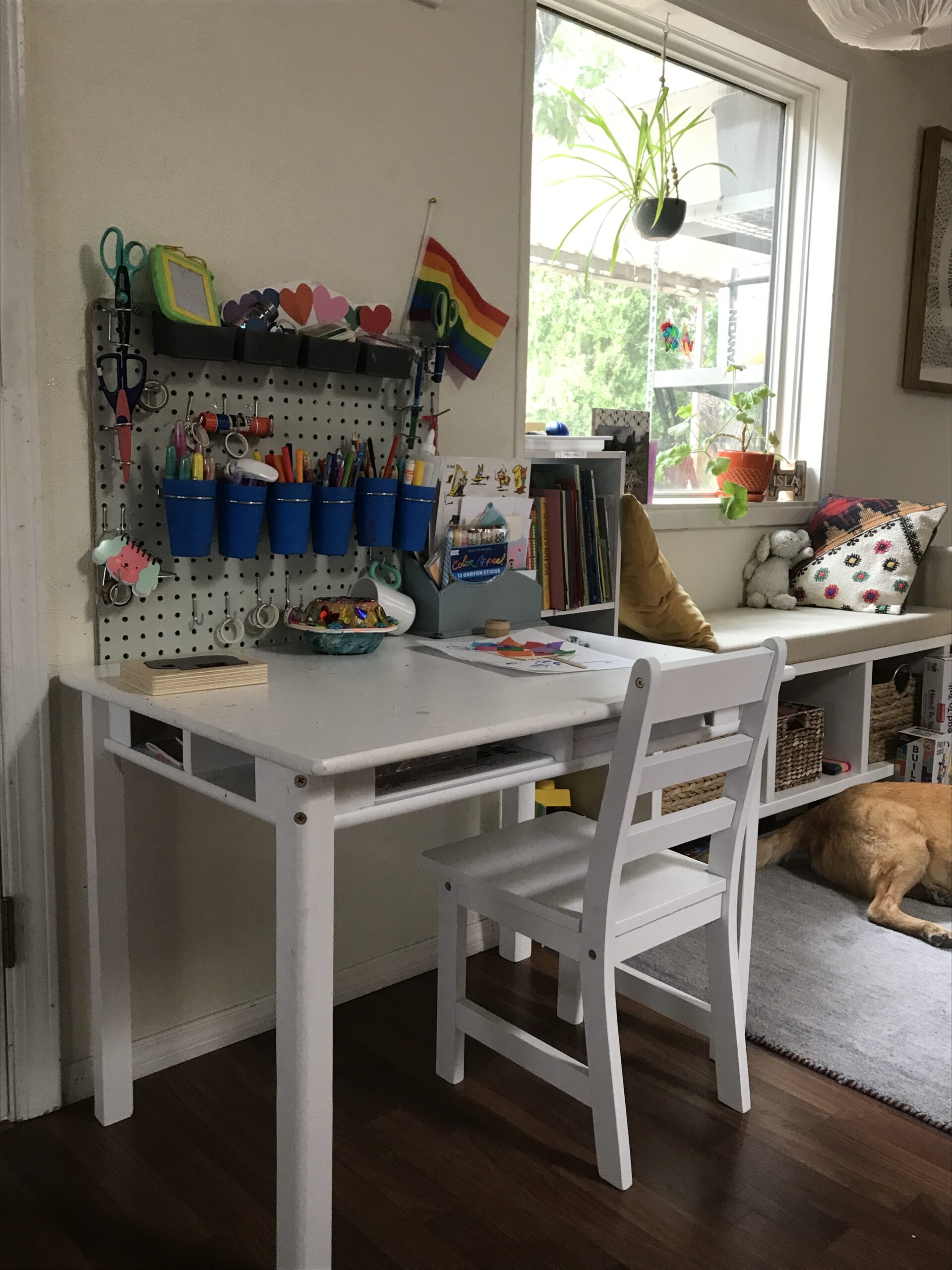
Access to writing supplies provokes early writing.
Recently, Arely Mercado, lead PreK Teacher at First Presbyterian Child Development Center, presented at the New Mexico Association for the Education of Young Children (NAEYC) conference. She explained how learning centers can be intentionally designed to support learning and development across domains. Below are a few examples from her presentation.
| Learning Center | Learning Domain |
| Dramatic play center |
|
| Writing center |
|
| Art center |
|
The Santa Fe Chkildren’s Museum’s exhibits and play areas include many intentionally designed small space learning centers. The toddler area has movable foam and cushions which children spontaneously arrange into small play spaces. Other areas in the museum are adult-constructed small spaces or learning centers, such as Discovery Market and Uncle Connor’s Construction Office. These defined, contained spaces are naturally inviting to children, “creating opportunities for imaginative and unstructured play,” says Hannah Hausman, the Children’s Museum executive director.
The Santa Fe Children’s Museum is currently undergoing a redesign of the outdoor space. One of the staples of this space was a small adobe casita with rustic wood block furniture. This was often the site of many active pretend play scenarios, where you could hear children taking on familial roles and making pancakes and biscochitos as they played. The casita has been removed to make way for a new accessible pathway through the outdoor area, but there are plans for other new small space learning centers on the horizon. Hausman explains, “Incorporating small child-size spaces into the new outdoor space design is especially important for children’s engagement with the space. In this new outdoor area, we want to build environments that invite kids in and extend the play experience through interactions in nature.”
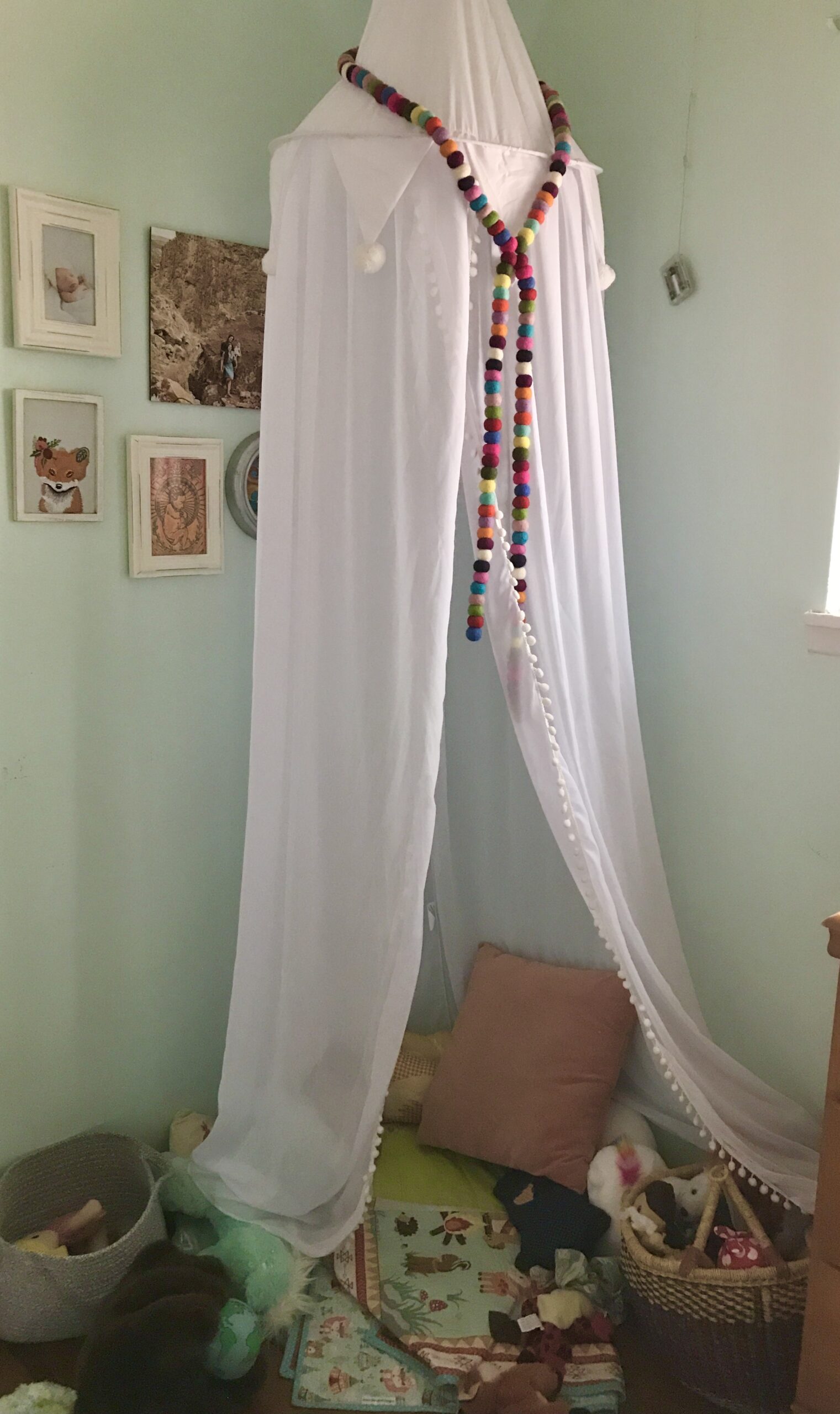
A mosquito netting defines a cozy book nook.
Learning centers can be incorporated into a home environment, too. Children enjoy having a designated space with child-size furniture and access to play materials. A small table and chair with art and writing supplies in a corner of the living room can become an art and writing center that is accessible to your toddler or preschooler. When materials are out and accessible, that serves as an open invitation to a young child to sit down and begin creating and playing with the materials. There are many ways to define a small space designated for a child, such as using low bookshelves and other furniture as the boundaries of the space or hanging cloth or a mosquito netting to define a cozy book nook. Another option involves using a preschool sensory table or plastic storage container with a lid as the site of miniature play spaces, such as this fairyland found at the Santa Fe Children’s Museum. The sensory table or storage container can be filled with small animal and people figures, sand, water, mud, or even snow to make miniature landscapes for imaginative play.
There are other ways to create small spaces for children. Dr. Wenjie Wang of the New Mexico Center of Excellence for Early Childhood Education shared an example for home, called Prop Boxes: Mini-Learning Centers. Creating small-size spaces for children at home has many benefits such as promoting independence, because when young children can easily reach and access learning and play materials, they are more likely to engage with those materials on their own. Learning centers can encourage children to “explore and make their own discoveries” says Dr. Wang.
Organized learning centers also teach children about order, especially when it is time for clean up. Learning centers usually have many small parts, whether art supplies, toys, manipulatives, or other items. If these small parts have an organized storage system, like labeled (words and pictures) bins or baskets, then children can exercise their early math skills of sorting and classifying when it is time to put things away.
A few weeks after my neighbor asked me for tips on engaging her grandson in writing and art, she shared with me that she had set up a small learning center in her kitchen. She put out markers, colored paper, pens, crayons, glitter glue and pencils on a small table that had been in her garage. She told me that she did not have to introduce the materials to him—he knew exactly what this space was for. Within days, her refrigerator was covered with examples of her grandson’s drawings, paintings, writings, and even a map that he made of the neighborhood.
Annabelle Black Delfin has spent her life in New Mexico. Since starting her first babysitting enterprise as a teen, she has been interested in how young children grow and develop. She has run after-school programs, summer camps, youth-service nonprofits, and childcare, among other programs for kids in Santa Fe. Annabelle is the mom of two Santa Fe kids and has a four-year-old granddaughter. Annabelle is currently the director of research and program development at the New Mexico Center of Excellence in Early Childhood Education of WNMU, and a graduate adjunct professor at NMSU in the field of early childhood

